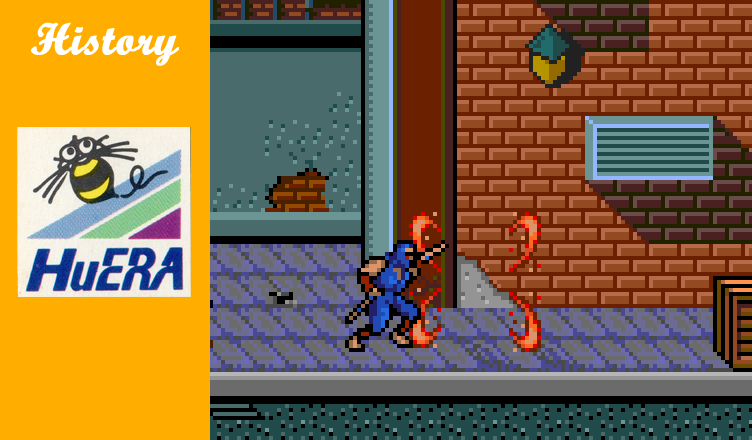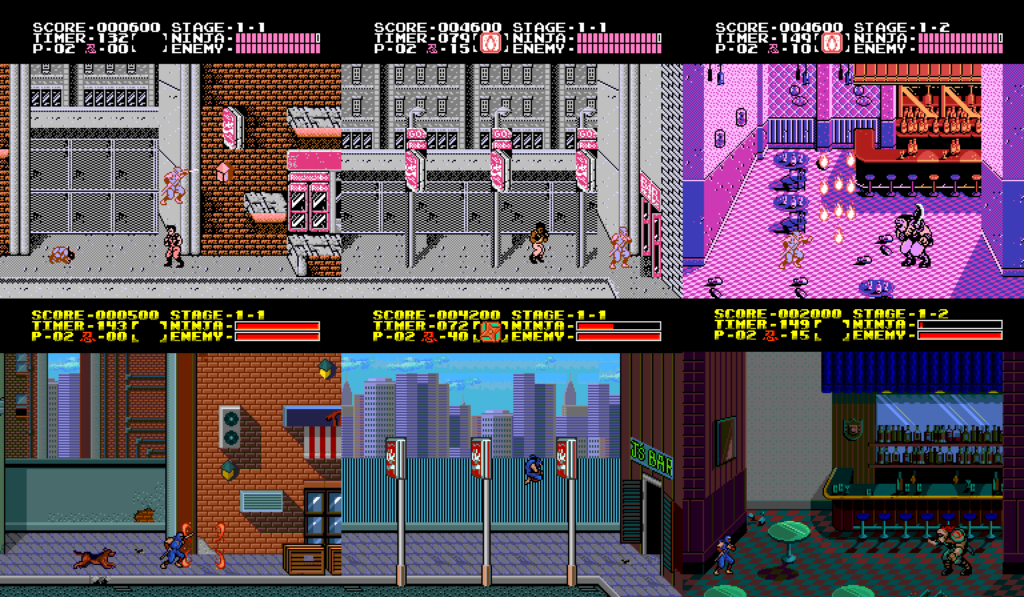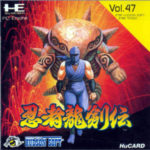
Most people with some interest in old games knows Ninja Gaiden. Released by Tecmo as Ninja Ryukenden for the Famicom on September 12, 1988. Today Ninja Gaiden is a classic. Known not only for it’s great music, visuals and cinematic cutscenes. But also for being a really hard game.
Ninja Gaiden was ported to two other platforms. An arcade version on the Nintendo PlayChoice-10 system, which more or less is the exact same game as the NES version and a version for the PC-Engine. Other games with the name are only based on the NES in a sense of gameplay but are really mostly different games.
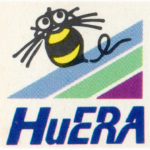 The game was ported by a Hong Kong based company called Hudson-Era H.K. It was a joint venture between Japanese game developer Hudson Soft and the Taiwanese company ERA Communications Inc. Ninja Gaiden was the team’s first game and they had to learn developing for the PC-Engine as they went. Making it a challenging project. The idea was to make a port that was as close to the NES game as possible.
The game was ported by a Hong Kong based company called Hudson-Era H.K. It was a joint venture between Japanese game developer Hudson Soft and the Taiwanese company ERA Communications Inc. Ninja Gaiden was the team’s first game and they had to learn developing for the PC-Engine as they went. Making it a challenging project. The idea was to make a port that was as close to the NES game as possible.
The PC Engine was manufactured by electronics company NEC but the design for the system was all done by game developer Hudson Soft. In 1984 Hudson had become the first third-party developer for Nintendo’s Famicom. Via contacts at Sharp they had gotten to develop programming software for the system called Family BASIC. This opened the door for Hudson -who until then had only produced computer software and games- to become the first company to develop for the system. Their first releases were the popular Nuts N Milk and Lode Runner. And Hudson would continue to support the Famicom longer than any other company by releasing the last developed game for it as late as 1994.
But between that they also designed a new system. In 1986 they felt that the Famicom had reached its limits and wanted a new system to make games for. They designed it themselves and got NEC on board to manufacture it. In the eyes of Hudson this was a successor to the Famicom. They just wanted more power and memory to work with.
Now back to Hong Kong and Hudson-Era. It’s mid 1991 (4 years after the release of the PC Engine) and the new team is tasked with porting Tecmo’s 1988 NES classic Ninja Gaiden to the PC-Engine. ”It was our first formal assignment, before that we hadn’t have a chance to emulate anything on the development kit and we were learning on the way”, Adam Siu tells me. Adam worked on the games design, graphics and animation. And while PC-Engine easily can handle a game like Ninja Gaiden the memory of the HuCard medium used for the console has its limits. ”The ROM size conflicts was like trying to keep two dozens of adults alive while squeezing them into a Volkswagen Beetle without having to chopping off their arms or legs”, says Adam Siu. The original Ninja Gaiden was a 135.4KB ROM. But the increase in power of a console also also means increased size of all assets. More colors, more sprites and so on. Getting the game on a HuCard was not really the problem. The problems started when they were told to make the game have an option to choose between three languages. English, Japanese and Chinese. The problem was cramming in all those Chinese kanji characters. “There was no such library in the world yet, that’s why no one want to support Chinese language in console”, Adam Siu explains. The language select was then put in as a secret (Hold I and II on the title screen, then press Select).
The port took about six months to complete and ended up a good version of the game. The music and sound was done at Hudson Soft in Japan and they also produced the game. Adam Siu tells me Hudson provided good documentation on the PC-Engine to third-party developers (Hudson-Era of course was first-party).
One infamous detail of the port that look a bit strange is the parallax scrolling that goes on in the background of certain stages. It looks choppy and moves faster than it should to look good. The PC-Engine doesn’t support multiple individual background layers scrolling. So one of the Hudson-Era engineers came up with a trick so let certain tiles change when the screen moved. But this meant the scroll moved one tile at the time instead of pixel by pixel like the normal background. Hence the choppy movement.
I asked Adam what they did to make the game feel like the NES game, “As there was no source code but only some of the art asset transferral, for the flow of cutscenes and levels we had to map from frame by frame on a play-through video tape. This took up almost 1/3 of the development.” And in the end Adam had to play the game until he was good enough to match the person playing the NES game on the tape to be able to compare the two versions. Porting games by looking at tapes was not a very uncommon thing back in the 80s. Porters often had so resort to gameplay tapes to base their work on.
After Ninja Gaiden was done the team at Hudson-Era got a new port on their hands. They were to convert Success Corp.’s arcade game Fantastic Night Dreams: Cotton to the PC-Engine CD. The idea was to port the arcade game as is. And even to improve sound and music over the original to show the power of the PC-Engine CD. “We have to trace all level design from printing out the video screen and there are quite a few demanding graphic rotations and distortions to program”, Adam Siu tells me. The port took about a year to complete and even with a lack of documentation to support the result was a great port of the game.
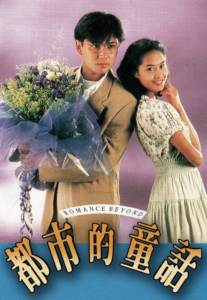 During the development of Cotton a TV drama called “Romance Beyond” based on the studio was aired. TVB started airing the show on January 25, 1993 and it would go on for 20 episodes. “[It]was made based on our daily work. The show was filmed in a different made-up scene but taking the use of our development, documents, sketch and some selective jargons we provided”, says Adam Siu. The dramas lead male character works at the fictional version of Hudson-Era H.K. and then some drama happens on the side.
During the development of Cotton a TV drama called “Romance Beyond” based on the studio was aired. TVB started airing the show on January 25, 1993 and it would go on for 20 episodes. “[It]was made based on our daily work. The show was filmed in a different made-up scene but taking the use of our development, documents, sketch and some selective jargons we provided”, says Adam Siu. The dramas lead male character works at the fictional version of Hudson-Era H.K. and then some drama happens on the side.
After Cotton the team acted mostly support to Hudson Soft in Japan with testing, graphics, design ideas and voice acting.
A special thanks to Adam Siu for answering my questions.

